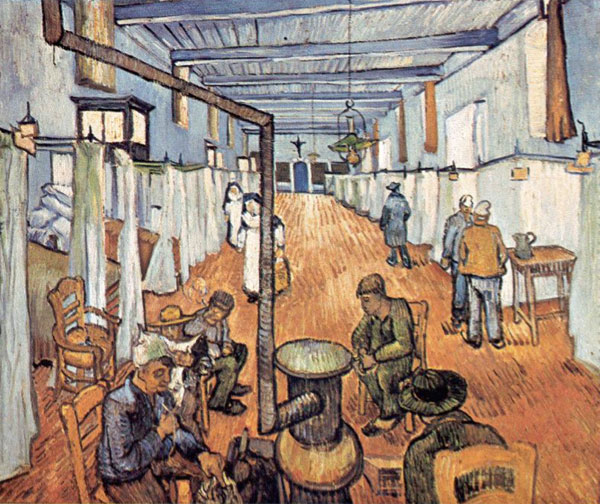A review about interaction drugs – enteral nutricion
Abstract
Article on the drug administration of concomitant enteral nutrition. Objective: To find the available evidence in the literature that addresses the issue of drug interaction and enteral nutrition administered by tube. Methodology: review that used data from electronic databases. Results: 62 articles were found and seven were selected. Discussion: The classes of drug were antiepileptics (43%), antibiotics (43%) and anticoagulants (14%). The class that has most risk of interaction with enteral nutrition was that of antiepileptics, especially with phenytoin. Antibiotics showed no significant decreases in serum and warfarin, the only anticoagulant mentioned, also presented a risk of interaction with enteral nutrition. Conclusion: it is necessary to develop initiatives such as the habit of washing the probe, stopping the enteral feeding, monitoring laboratory tests to prevent possible interactions between drugs and enteral nutrition.Downloads
-
Abstract1115
-
PDF (Español (España))577
-
PDF (Português )577
The works published in this magazine are subject to the following terms:
1. The Publications Service of the University of Murcia (the publisher) preserves the copyright of the published works, and encourages and allows the reuse of the works under the license for use stated in point 2.
© Servicio de Publicaciones, Universidad de Murcia, 2011 (© Publications Service, University of Murcia, 2011)
2. The works are published in the electronic edition of the journal under Creative Commons Reconocimiento-NoComercial-SinObraDerivada 3.0 España(texto legal) “ a Attribution-NonCommercial-NoDerivatives 3.0 Spain license (legal text)”. They can be copied, used, broadcasted, transmitted and publicly displayed, provided that: i) the authorship and original source of their publication (journal, publisher and URL) are cited; (ii) are not used for commercial purposes; iii) the existence and specifications of this license is mentioned.
3. Conditions of self-archiving. Authors are allowed and encouraged to electronically disseminate the pre-print (pre-reviewed ) and / or post-print (reviewed and accepted for publication) versions of their works prior to publication, as it ensures a wider circulation and dissemination which may lead to a possible increase in its mention and a higher scope among the academic community. RoMEO color: green.













